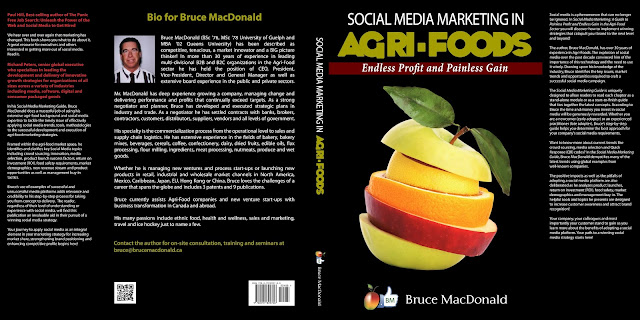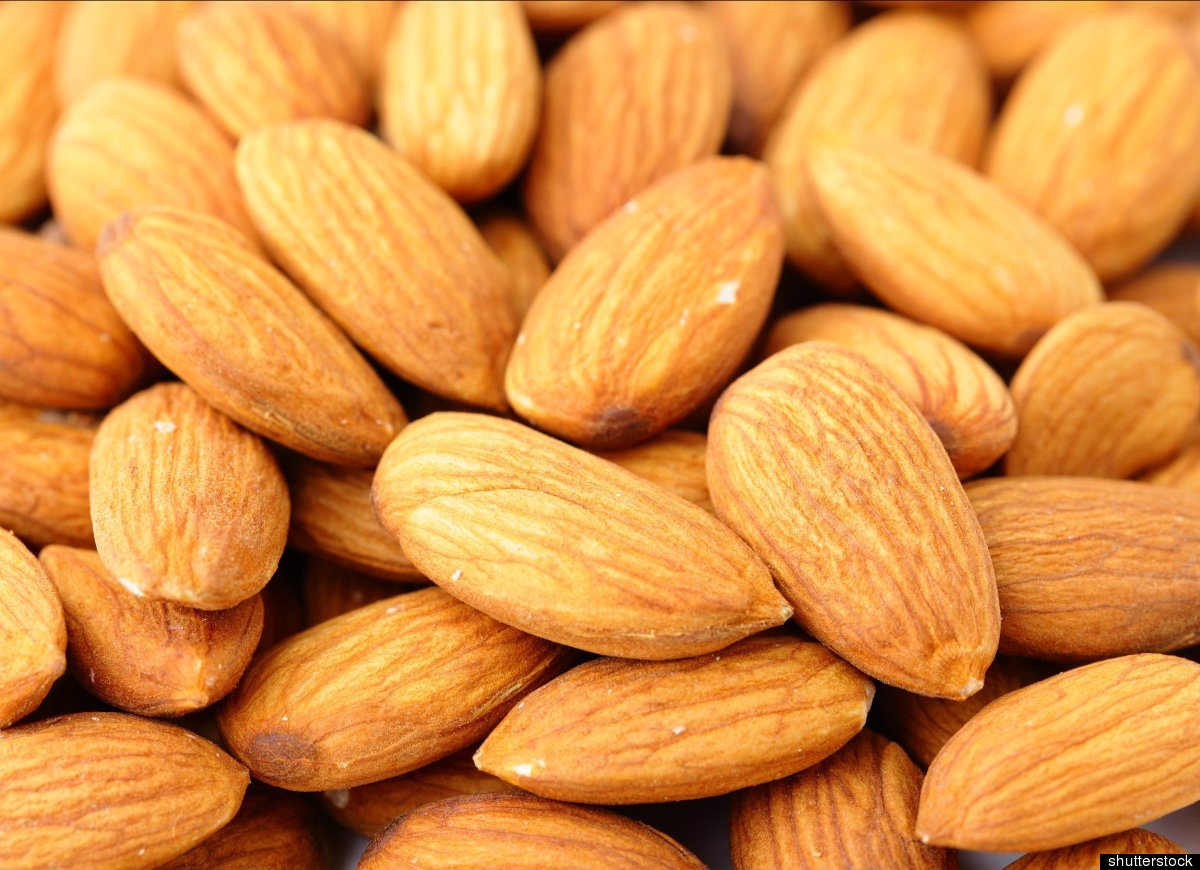 Within Europe and across the globe, several official organisations have a remit which includes food safety and nutrition. These organisations publish policy documents, develop strategies, monitor food intake or health, and in some cases implement regulations. By their actions, they have the potential to influence the foods that consumers get
Within Europe and across the globe, several official organisations have a remit which includes food safety and nutrition. These organisations publish policy documents, develop strategies, monitor food intake or health, and in some cases implement regulations. By their actions, they have the potential to influence the foods that consumers get
Published in EUFIC
World Health Organization (WHO)
This global organisation with its headquarters in Geneva is responsible for co-ordinating health within the United Nations (UN) system. It has a wide remit covering chronic and infectious diseases, mental health, nutrition, food safety, accidents, biohazards, health economics and preventative health. WHO’s wide-reaching role includes providing leadership on global issues (the H1N1 flu virus is an example of this), funding research, setting standards, creating evidence-based policy, monitoring health trends, and providing technical support to individual nations. The WHO headquarters office in Geneva also co-ordinates six satellite offices covering the major regions of the globe. The WHO European office is based in Copenhagen, Denmark where it oversees the public health needs of more than 50 different countries.
As a global organisation, WHO’s policies take into account the needs of poor or emerging nations as well as those of affluent Western nations. WHO’s activities in the area of food safety, diet and nutrition come under two departments: 1) Nutrition & Health, and 2) Food Safety & Zoonoses.
The Nutrition & Health department has four work streams:
1. Growth assessment and surveillance: WHO produces standard growth charts for infants and children up to 19 years, which are used widely by health professionals;
2. Country-focused nutrition policies and programs: WHO provides strategy and guidance to help individual countries develop effective food and nutrition policies. Topics include infant and maternal nutrition, obesity, older people, dietary recommendations, food security and HIV/AIDS. A key report is the Global Strategy on Diet, Physical Activity and Health;
3. Reduction of micronutrient malnutrition: WHO surveys vitamin and mineral intakes in various populations and publishes recommendations to safeguard intakes, such as vitamin A, iodine and iron;
4. Nutrition in development and crisis: WHO provides technical support and surveillance during emergencies (e.g. war, famine, flood) in order to prevent malnutrition and increase food security.
WHO also works closely with the UN Standing Committee on Nutrition, which is mandated to raise awareness about malnutrition, mobilise commitment to solve problems at global, regional and national levels, and promote international policies to improve food security.
The Department of Food Safety & Zoonoses has responsibility for food safety across the entire food chain. Its aim is to create policies and implement actions that safeguard health, with a special focus on the reduction of food-borne diseases worldwide. Issues have included acrylamide in cooked foods, polychlorinated biphenyls (PCB) and dioxins in salmon, and biomonitoring of persistent organic pollutants. A major trans-national initiative has been the ‘5 Keys to Safer Food’, which provides training and resources that can be adapted locally to promote good food hygiene. Food safety is also covered by the International Food Safety Authorities Network (INFOSAN) which is a global network of 177 national food safety authorities.
Food and Agriculture Organization (FAO)
With its headquarters based in Rome, the FAO is another important UN organisation. The mandate of FAO is to raise levels of nutrition, improve agricultural productivity, better the lives of rural populations and contribute to the growth of the world economy. It also acts as a neutral forum where different countries can meet to debate international policy and negotiate agreements.
There are eight departments in FAO. Food safety and nutrition pertains to the Department of Agriculture and Consumer Protection. Although FAO covers a broad range of food-related topics, e.g. food composition, additives, nutrition education, risk assessment and quality assurance, the emphasis is on assisting countries where food insecurity is rife. Thus, the work of FAO overlaps with that of WHO in identifying those at risk of malnutrition and putting in place local policies to improve food security. However, FAO has special expertise in food production, animal and plant disease control, and trade.
The FAO facilitates a number of web-based portals where people can access food-related information from different countries. The FAOLEX database brings together national laws and regulations on food, agriculture and renewable natural resources. The Global Forum on Food Security & Nutrition facilitates knowledge transfer between 300 food and nutrition practitioners from five continents. The international portal on Food Safety, Animal & Plant Health facilitates trade and food safety by providing a single access point to official international and national standards and legislation. The FAO statistical databases are a valuable and much used source of information when trends in food consumption are compared time-wise and between different countries. Other activities of FAO include the publication of food composition tables (e.g. for Asian and African foods) and working with WHO to publish scientific advice on food and nutrition (e.g.; requirements for energy and micronutrients). Finally, FAO is the home of the Codex Alimentarius Commission.
1
The Joint FAO/WHO Expert Committee on Food Additives (JECFA) is an international scientific expert committee that is administered jointly by the two UN organisations. This committee has been meeting twice a year since 1956, initially to evaluate the safety of food additives. Today, it is also tasked with the evaluation of contaminants, naturally occurring toxicants and residues of veterinary drugs in food.
European organisations
As in a number of Member States, risk assessment and risk management with respect to the food supply is tasked to different organisations. The European Food Safety Authority (EFSA) is responsible for risk assessment while the European Commission (EC) is responsible for implementing actions arising from scientific advice, i.e. policy, research and regulation in collaboration with the European Parliament and Member States. Both organisations are described in more detail below.
European Commission (EC)
Within the EC, food safety and nutrition is shared between three policy directorates; Agriculture & Rural Development, Health & Consumers, and Environment, with overlap between remits. Underpinning this work is a substantial research program co-ordinated under various frameworks by the Directorate General (DG) Research.
Within DG Agriculture & Rural Development, topics include food quality, food supply and plant/animal health. Work undertaken includes initiatives to supply dairy products and fruit/vegetables to targeted schools, educational and awareness-raising schemes, and programs to distribute food to disadvantaged communities within the European Union (EU).
The EC is the primary source of food regulations across the EU, with Member States taking the role of enforcers rather than law makers. Topics include provenance, authenticity, addition of nutrients, nutrition claims, health claims, additives and permitted ingredients. The lead directorate in this area is DG Health & Consumers whose activities include labeling, regulation, public health and food chain safety (including animal health and feed as well as food safety).
The DG Health & Consumers also promotes policies to help Member States address lifestyle-related conditions such as obesity, cardiovascular disease and cancer. A key example of work is the Platform for Action on Diet, Physical Activity and Health which co-ordinates trans-national action to reformulate food products, limit marketing of less healthy foods, improve labelling, promote physical activity and educate at-risk populations. Members include a wide variety of European stakeholders ranging from food companies to consumer organisations.
A major partner of this Platform is the High Level Group on Nutrition and Physical Activity, which comprises representatives from all 27 Member States plus the four countries of the European Free Trade Association (EFTA). Since 2007, the group has facilitated an exchange of policy ideas and practices around nutrition, food product reformulation and promotion of an active lifestyle through the built environment. A recent outcome has been the creation of a Europe-wide campaign to reduce salt intakes which is set for review in 2010.
European Food Safety Authority (EFSA)
EFSA was set up in 2002 by the EC as an independent authority, in response to a series of food scares, to ensure a high level of consumer protection and help to strengthen confidence in the EU food supply. The remit of the organisation covers the safety of human food and animal feed, nutrition, animal health and welfare, plant protection and plant health.
EFSA complements the regulatory role of the EC, and the policing role of Member States, by providing independent risk assessment and communication on food safety and nutrition matters. This work can be in response to a request from the EC, the European Parliament or a Member State, or can be initiated by EFSA itself. All advice is publicly available.
EFSA has 10 Scientific Panels and an overarching Scientific Committee, comprising independent experts mainly from across the EU. The Panels cover topics such as animal health, food additives, toxicology, genetically-modified organisms, plant health, nutrition and allergies. Panel members are supported by EFSA staff who are responsible for providing data on intakes, methods and exposure in order to inform deliberations. Examples of Panel opinions include the welfare of farmed fish, safety assessment of wild and farmed fish, safety aspects of adding lycopene, taurine and aspartame to foods, setting of nutrient profiles for foods bearing nutrition and health claims, reviews of tolerable intake levels, and advice on citrus pests.
A key development in nutrition is the regulation on Nutrition & Health Claims which involves the EFSA Panel on Dietetic Products, Nutrition and Allergies. This Panel has been tasked with working through more than 4000 submitted health claims and delivering opinions on whether or not these are justified by the science. Once this work is complete, the EC will draw up a list of permitted EU-wide health claims which can be used by the food industry to communicate benefits to consumers.
On the topic of safety, a key development is reassessment of the regime to prevent BSE in cattle, which has implications for the meat industry. The Biological Hazards Panel has been involved in assessing the potential risk to human health as a result of these changes in practice.
Further informationWorld Health Organization
www.who.int/enJoint FAO/WHO Expert Committee on Food Additives (JECFA)
http://www.who.int/ipcs/food/jecfa/en/Global Strategy on Diet, Physical Activity and Health report
www.who.int/dietphysicalactivity/strategy/eb11344/en/index.htmlWHO Briefing note on ‘5 Keys to Safer Food’
www.who.int/foodsafety/consumer/Briefing_keys.pdfFood and Agriculture Organization of the United Nations
www.fao.orgEuropean Commission
http://ec.europa.eu/policies/index_en.htmEuropean Food Safety Authority
http://www.efsa.europa.eu/
References
- EUFIC Food Today n° 44 (2004). What is Codex Alimentarius? Available at:www.eufic.org/article/en/page/FTARCHIVE/artid/codex-alimentarius
.jpg)





 Within Europe and across the globe, several official organisations have a remit which includes food safety and nutrition. These organisations publish policy documents, develop strategies, monitor food intake or health, and in some cases implement regulations. By their actions, they have the potential to influence the foods that consumers get
Within Europe and across the globe, several official organisations have a remit which includes food safety and nutrition. These organisations publish policy documents, develop strategies, monitor food intake or health, and in some cases implement regulations. By their actions, they have the potential to influence the foods that consumers get



















































